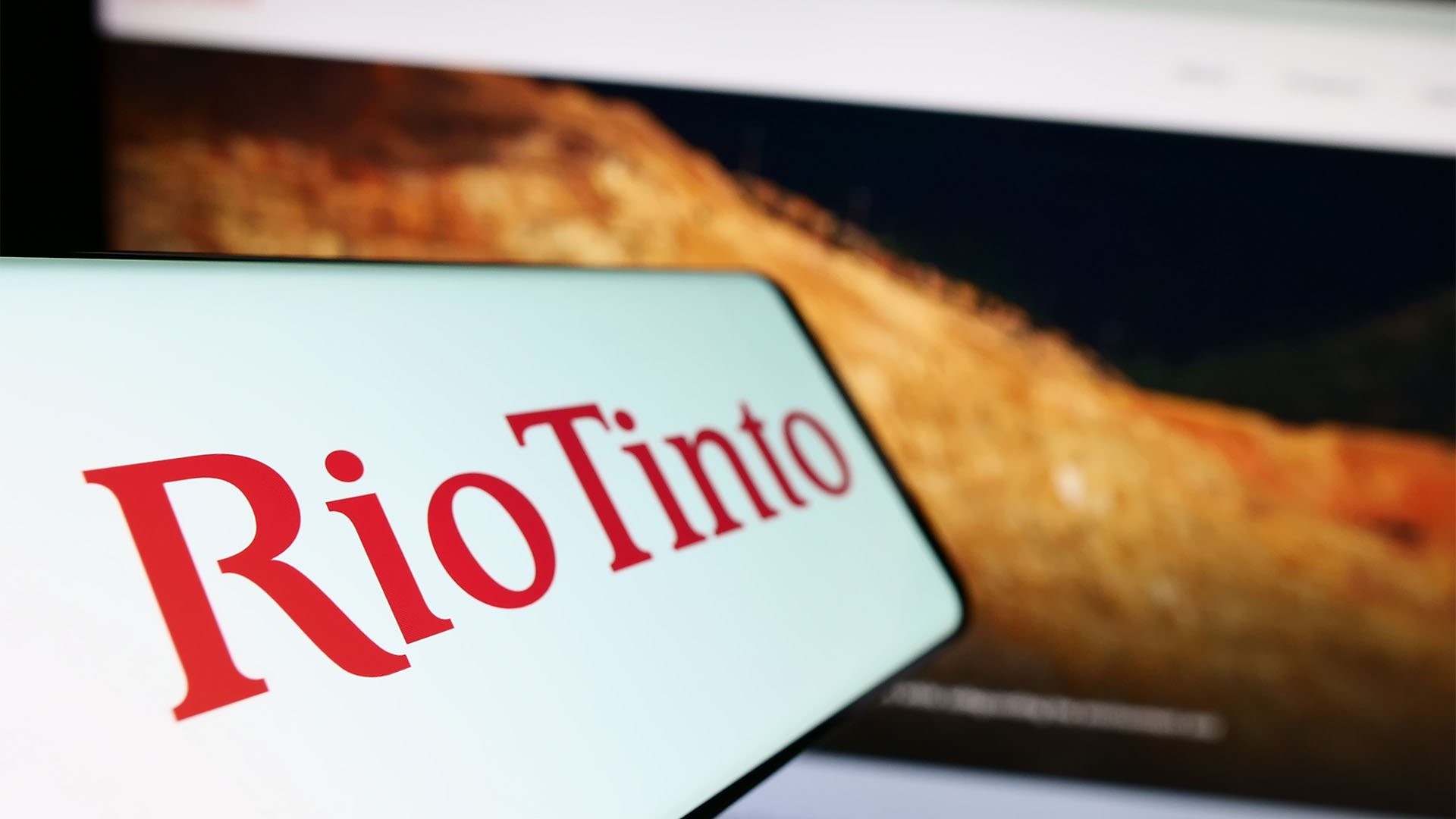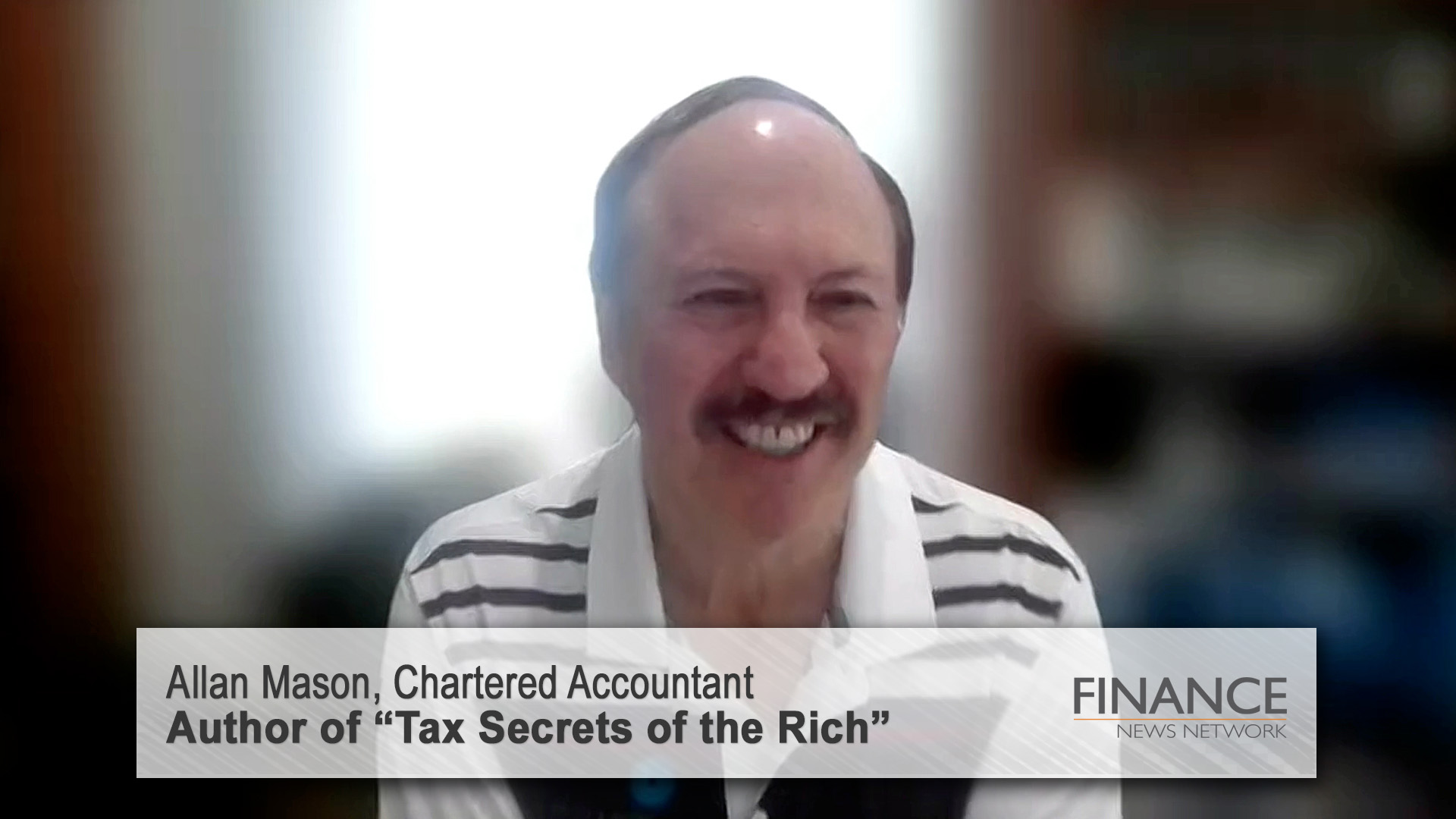Saturday’s terrible Christchurch earthquake is the second body blow in five days to New Zealand’s $NZ186 billion economy.
The quake was the worst in 81 years; the rescue of the country’s biggest finance company was the biggest financial bailout ever in the country.
Not only the economy as a whole has been hit by the quake and its estimated bill of more than $NZ2 billion, but also the rescue a few days earlier of a big South Island finance company to the tune of $NZ1.6 billion.
Many Australian companies operating over there will be impacted, especially the big four banks, which have already reported tough lending conditions, slow revenue growth and sluggish levels of business activity in an economy recovering from a lengthy shallow recession.
There will be an immediate impact today with the value of the NZ dollar expected to come under pressure from investors nervous about the financial damage from Saturday’s quake.

NZ share prices are also expected to see similar pressure, especially among those groups with potential exposure, such as Tower Insurance, Insurance Australia Group, Suncorp, the AMP, the big four Australian banks, Fairfax Media, APN News and Media and Harvey Norman.
Not all have suffered, but until assured otherwise, investors will be nervy.
The insurers like the AMP, Tower, IAG and Suncorp will be the focus of initial reaction today.
The Christchurch earthquake and its early damage estimate of $NZ 2 billion from the government (which is just for privately insured people, not government infrastructure and those without insurance) and the rescue of investors in the stricken South Canterbury Finance company ($NZ1.6 billion) are the sorts of body blows no government, business or consumer can fully protect against.
SCF collapsed last week owing an estimated $NZ1.6 billion to about 32,000 deposit-holders and several thousand other investors, mostly in the Canterbury area of the South Island, just south of Christchurch.
The government immediately stepped in to pay out investors, giving $NZ1.6 billion to the trustees and lending another $NZ175 million to the receivers to take over debts owed to creditors ahead of the Crown in the queue.
That stabilised the situation, but compared to the impact of the quake, the collapse was a minor problem.
Thankfully there were no deaths and the injured list is small, compared with the scenes and reports of damage over the weekend.
In the end the New Zealand government, either directly from its budget or the Earthquake Commission, will be the funder of last resort in both cases.
The two events will force monetary and fiscal policy changes on the Reserve Bank and the government.
The Reserve Bank of New Zealand is due to reveal its next interest rate decision on September 16.
There will be no thought of lifting the Official Cash Rate any higher from the 3% set in July.
Moreover, the quake and the rescue will make it much harder for the NZ government to cut spending, reform the tax system and cut the debt and the deficit in the next five years, as planned in the 2010-2011 budget.
Significant tax changes are due to start shortly with the GST due to rise from 12.5% to 15% on October 1.
That is already expected to boost inflation to a high of 5% next year, and the extra costs of rebuilding Christchurch will add to that pressure.
Now a rise will boost the cost of cleaning up and rebuilding Christchurch at a time when nothing of the sort was envisaged.
The GST rate is being raised by a an effective 20% (the 2.5 percentage points is a fifth of the current 12.5% rate).
On the face of it, the boost could add hundreds of millions of dollars a year to the cost of rebuilding Christchurch, adding to the financial pressures on the Earthquake Commission and insurers.
Insurers and the finance sector are among those to be hit immediately, while the depressed building products sector in both NZ and Australia will benefit from what is expected to be a rebuilding boom that could last for years to come in and around Christchurch.
The army is being deployed in Christchurch today and 80 extra police officers arrived from Auckland on Saturday night to enforce a central city curfew from 7 pm to 7 am.
The government says that based on the early flow of claims, around 20% of people’s homes in the Christchurch area are now uninhabitable.
The Earthquake Commission, which covers insurance holders after natural disasters, has already received more than 1,000 claims and is expecting to process more than 100,000.
Commission CEO Ian Simpson told the Fairfax Media papers in NZ that about 100,000 claims were expected over the next three months, the deadline, but international experience showed clean-ups took years.
As many as nine out of 10 homes on the city’s flat had been damaged by liquefaction (when the sand, soil and material in reclaimed land is turned to liquid). It happened in the Newcastle quake in Australia in 1989.
Damage to the older timber-frame homes in the region would be superficial rather than structural; it’s the newer brick veneer and similar types of construction that have suffered the greatest damage.
Builders estimated that knocking down damaged homes and starting again with new homes could cost $NZ200, 000 each.
The question of tougher earthquake damage control measures for new and existing homes will also have to be considered and factored into the cost.
Tower Insurance reported receiving nearly 100 claims yesterday, ranging













